Royal Opera House Sings the Praises of Cloud-based Orchestrated Workflows
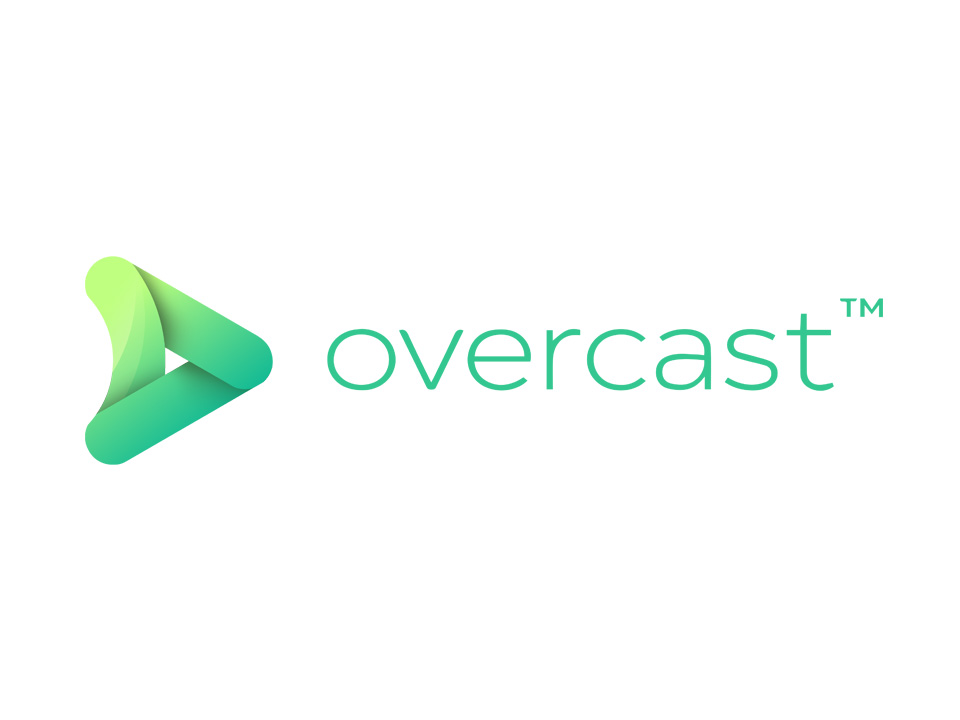

2000
Staff with Access to the Library
70
Different Shows
423
Individual Performances
1500
Live (Recorded) Activities
13
Cinema Releases to Over…
…1300
Screens
Summary
Britain’s Royal Opera House (ROH) is known as a cultural institution for opera, ballet and other live performances. What is less known is the rich media library that ROH has assembled since founding in 1732. In more recent times the ROH has been looking for a video management solution that can provide all the advantages of cloud media management while remaining simple for non-technical staff to use every day. ROH wanted to rationalize systems and storage, centralize content and increase the collaboration of all staff and external users of its content.
By adopting a cloud-first strategy to address its requirements, ROH is now on a journey of discovering new, more efficient, ways of working: live rehearsals are reviewed in real-time remotely; editorial reviews and approvals are automatically time-coded for ease of decision making; freelancers and ad-hoc users are given secure role-based permissions; legacy on-premise technology solutions are integrated or shuttered in phases. The approach aligns with the MovieLabs 2030 Vision where centralized cloud assets enable teams to come together with automated, streamlined workflows resulting in fewer delays and complications from transferring media between systems and disparate participants repeatedly.
ROH turned to the Cloud MAM solution from Overcast to create a single repository for video content across all its constituencies (the Royal Opera House, The Royal Ballet and the ROH Orchestra), allowing ROH to service all editors and producers from that single repository and stream content to both internal and external audiences by publishing links to the media repository. Importantly, the system is also designed to facilitate the non-technical collaborators (dancers, singers, clients, sponsors) who also require access to content from time to time.
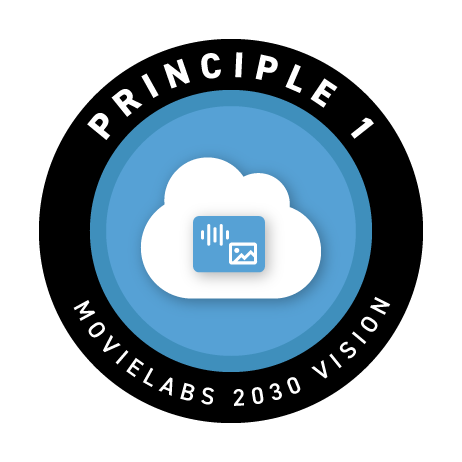
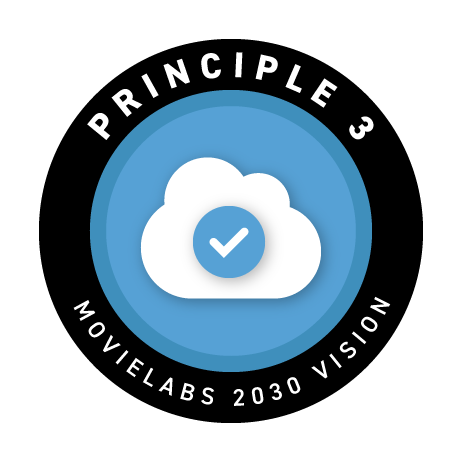
Background
As a global media brand, ROH produces up to 50 TBs each month of live and video-on-demand (VOD) material (delivered to roh.org.uk/stream, ROH websites, cinemas, YouTube, and social media channels), but also uses video and audio for rehearsal to record and capture performances for posterity and archive. However, as the media library and workflows have grown in an organic way, the ROH team has had to rely on a large number of non-integrated systems and processes across many departments. Content was stored in multiple data storage locations and was inaccessible for the majority of users who had to train on different platforms or rely on specialists to manage and restore content (for example, to edit a clip). The legacy systems were inflexible, unscalable and expensive to support.
ROH needed a new more centralized content management system that optimized storage, streamlined distribution, and enabled simplified use by both technical and non-technical staff. ROH also wanted to expand functionality and record rehearsals to make them instantly available for playback through a web portal on a mobile device for production teams. Ultimately, the ROH wanted to exploit the advantages of modern cloud workflows for remote working, improve collaboration and scalability, and leapfrog legacy workflows to move straight into the 2030 Vision. To meet this challenge, ROH needed a new media asset management solution to become the foundation for the new platform.
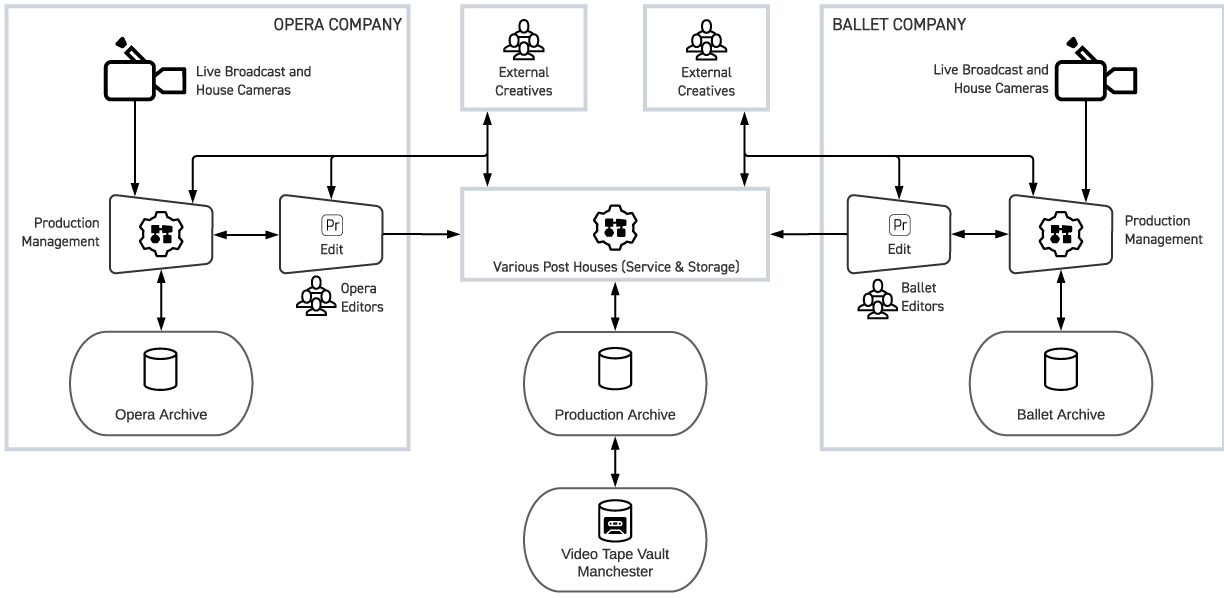
Figure 1: Using legacy systems, the Ballet and Opera Companies previously sent all new media to external creatives and post houses for processing. Media was then returned to the archives for physical tape storage in an offsite vault. The process was slow with a high possibility of task duplication and loss of media or metadata through frequent data movement.
Solution
The Overcast cloud MAM solution captures opera and ballet video from all sources and stores it in one central asset management system. The ingested video includes live streams of opera, ballet, and orchestra performances, as well as streams from rehearsal rooms and ad hoc activities from house cams and a digital stage. The MAM chunks content every 5-10 minutes to create continuous proxies for near real-time review by production managers and creatives.
The MAM also manages archive storage of the full content library previously stored in an offsite tape vault, for the first time making it searchable and available to anyone with permissioned access. Before implementation of the Overcast solution, retrieving archive material required 2 days to 2 weeks depending on the content and where it was stored. The process involved a query to ROH studios, research by the studios team, retrieval of the content, preparation of the content, and finally sharing of the content with the requestor. The new system streamlines the process to a few seconds, making it as quick as an online search.
Video content in the MAM is made available to all ROH constituencies through web-based portals with search capabilities built around call sheet and technical metadata captured by the system. ROH production managers can add descriptive metadata manually over time or as needed for downstream use cases.
When content is edited and ready for release, assets are seamlessly published to ROH-managed websites through use of an embed code which generates a link that provides streaming access to the content. The website media libraries are automatically updated with new content without forcing users to create custom HTML or update media library webpages. Partner platforms that license ROH content (such as telecom/cable networks) can broadcast or stream the linear feeds directly from the ROH MAM to their subscribers via a similar secure URL weblink.
Overcast specializes in cost-effective video management solutions for organizations, including many brands like the Royal Opera House who never had a core intention to become media organizations. The Overcast platform simplifies content management for these organizations. It takes a modular approach and includes services for remote collaboration, asset search, review & approval and archive management. It delivers the solution through a web portal that is easily accessible remotely from any device. But most importantly to ROH, it incorporates Overcast’s overriding ethos of simplifying complex media asset workflows to enable ease of use for operators who were not specialists in the underlying codecs, DRMs, transcoding and other complex media services. Overcast believes managing video files should be as easy as managing a Word document. Overcast’s intuitive user interface meets ROH’s need to make the system creative and operator-led, designed to be used by producers and staff with no prior technical knowledge required.
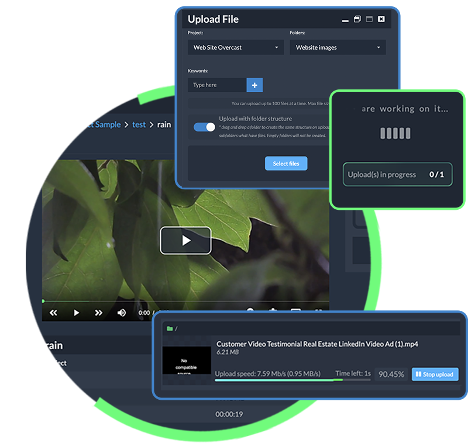
Architecture
The Overcast solution was designed from inception on the AWS cloud to fully exploit the power and the scalability of cloud storage and dynamic compute instances. The platform is completely serverless, designed on a microservices architecture and utilizing a number of AWS services to deliver prewrapped media pipeline management. Overcast has integrated AWS AI tools such as Transcribe, Translate, and Rekognition for metadata tagging and subsequent search and retrieval. These tools automate metadata tagging for bulk ingest, including tagging of musical scores, leading players, and video attributes, transforming the often difficult and repetitive work of highly paid editors manually tagging assets and allowing them instead to work on creative editing rather than asset search. These AI tools appear as simple options in the admin console.
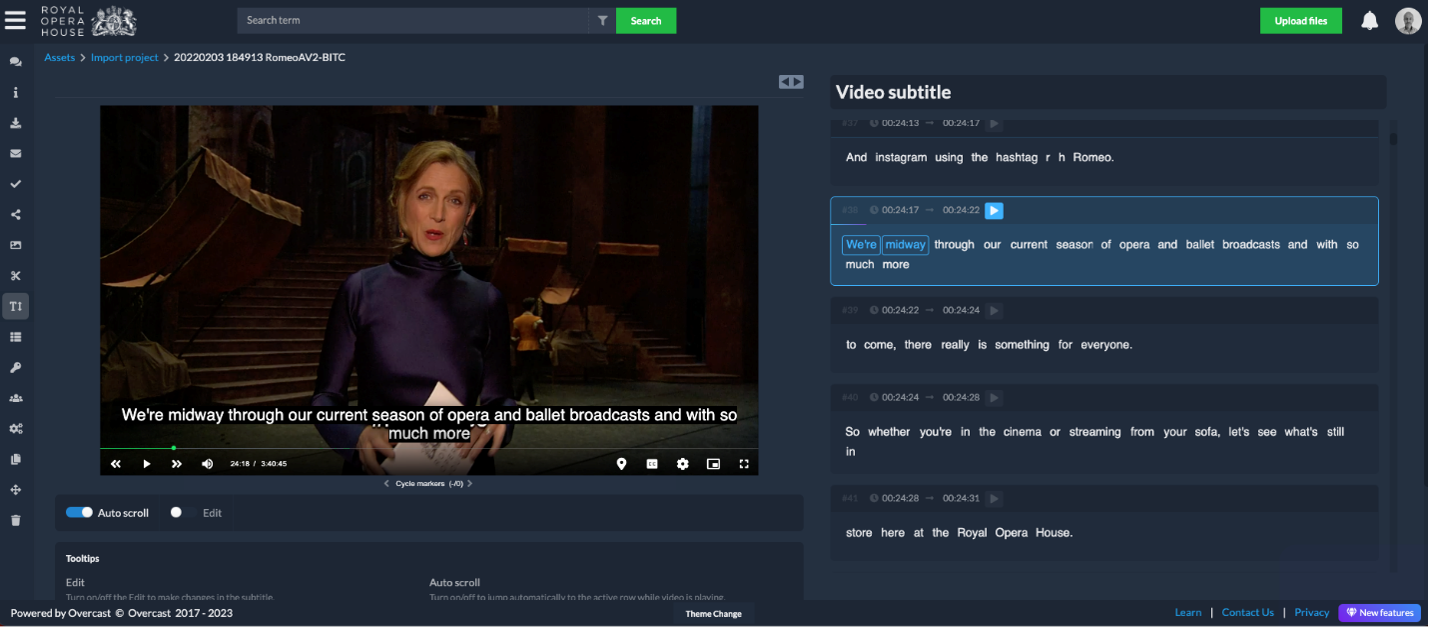
ROH also takes advantage of the published Overcast APIs to integrate with the existing rehearsal room scheduling system. This allows the content recorded by stream from a particular room to be logged and tagged to the people using the room, for later reuse as part of that asset’s metadata.
The front-end UI uses React (a javascript application to build user interfaces), which allows the solution to be provided either with a fully configurable and personalized UI, or as a headless solution where the API allows integration into a customer’s existing UI. For example, a number of enterprise clients use their existing DAM UI into which Overcast integrates its video management capability.
Optimizing storage costs and performance is a key goal of the workflow transformation. The Overcast MAM offers multiple options for proxy generation formats. It also uses AWS Intelligent-Tiering or manual rules to automatically optimize cloud costs by archiving little-used assets into lower cost Glacier tiers of storage while keeping reference files in immediately accessible storage tiers. As ROH cloud workflows mature over time, the storage rules will adjust to optimize for cost.
The MAM also enables role-based permissions that provide authorized users with searchable access to the library of assets and the ability to share retrieved content by emailing links to other authorized users. The ability to share assets securely has enabled new remote workflows that can save on in-person or travel costs. For example, the Royal Ballet employs dance notation experts to maintain the integrity of choreography across productions and preserve original creative intent. These dance notators are accredited personnel who fly around the world maintaining standards for ballet companies. The new MAM system allows the Royal Ballet to share video with notators and enable them to perform their work remotely without the cost of travel.
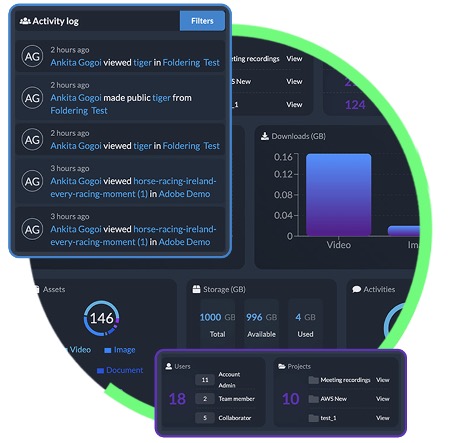
Access control is key when content requires editing. The Overcast MAM is also integrated with a cloud version of Adobe Premiere Pro. As ROH editors revise content and add external resource materials (such as logos, metadata, etc.), the MAM syncs with individual editor bins so that all materials added to the content are maintained in the centralized MAM and all users have access to the most current version of the content with original materials from all sources uploaded to a central bin in the MAM.
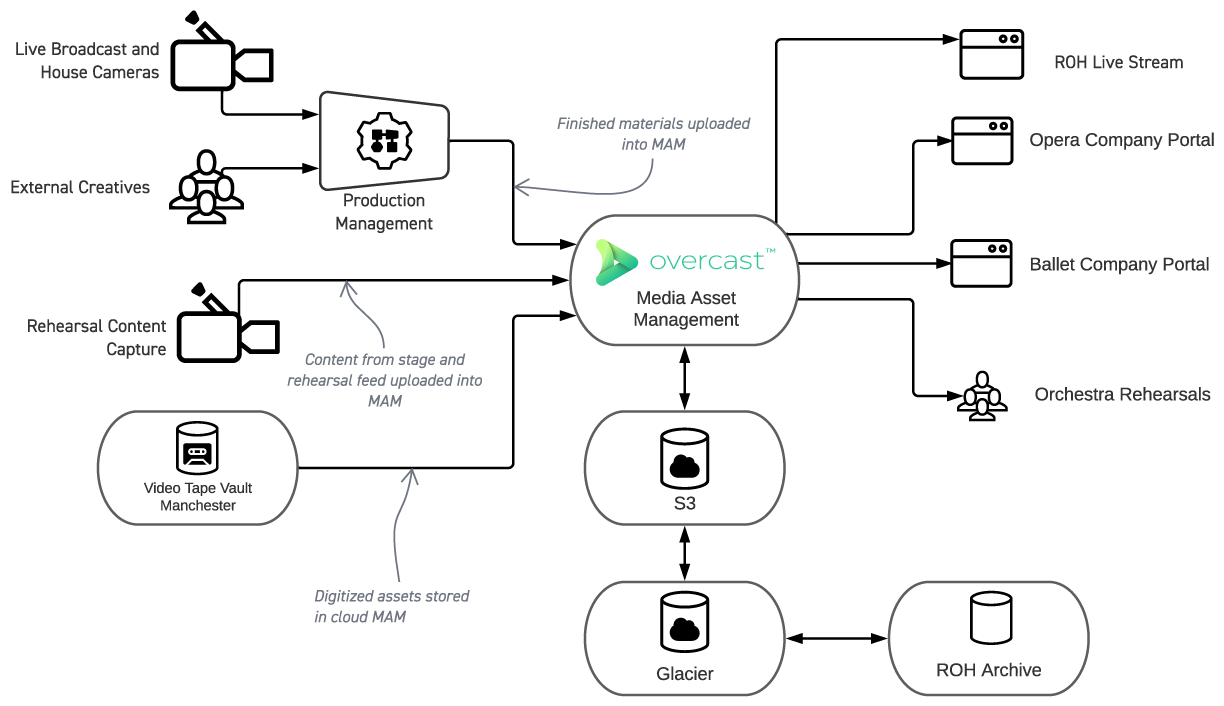
Figure 2: With the Overcast MAM acting as a single storage target, all media streams can be centralized in one cloud location, enabling creative teams to work on assets remotely without needing to move media or copy metadata. All distribution services can pull from finalized media.
BENEFITS
ROH benefits financially by rationalizing its existing systems – saving on both hardware and software costs as well as IT staffing support. In addition, ROH teams can do more with less, as all ROH video assets are easily accessible for productions, editors, marketing teams and external third parties. Workflows are also simplified and accelerated due to minimized transfer time for moving media to creative teams. Production companies using the ROH also benefit from an improved rehearsal experience with real-time playback of performances for critical review. These capabilities are being upgraded as well, with new equipment like iPad’s with applications that connect to the MAM to manage rehearsals on the go. Lastly, the large ROH archive of material (previously stored on tape in an offsite location requiring 2 days and up to 2 weeks for an ROH studios specialist to locate and retrieve a file), can now be accessed on one centralized MAM platform. ROH production and distribution teams have a real-time and self-serve option to source and license library content with short turnarounds to react to market demand.
Digital storage in the cloud enables fast access to media and opens up new opportunities like AI scanning and tagging which would not have been possible with legacy tape libraries. Plus the application of automated and manual tiering rules reduces storage expense by optimizing access time and storage costs.
Overall, the ROH sees real value in the new system across all the following metrics:
- Enhancing ease of use
- Securing content assets
- Opening up content access
- Enabling operators to complete work without specialist media skills
- Preserving internationally important recordings
- Ensuring all content can be found, edited, and monetized
Alignment with MovieLabs 2030 Vision Principles
The Overcast MAM platform deployed for the Royal Opera House demonstrates a number of key MovieLabs principles.
PRINCIPLE 1
Video from live opera, ballet, and orchestral productions, as well as from rehearsal halls and ad hoc activities, is ingested via live stream or via file-based workflows straight into AWS S3 buckets managed by the Overcast MAM system. Although assets are downloaded for editing by remote production management personnel, as assets are checked in and checked out all changes are synced to the cloud version (including any related or ancillary files from local Premiere Pro bins) which acts as a single source of truth for the entire team. Video assets in the Overcast MAM system are then streamed directly from cloud storage for downstream use on ROH services and websites or partner platforms (such as telco streaming partners).

PRINCIPLE 3
Assets are distributed directly from the Overcast MAM system to the ROH streaming service, other downstream syndication websites, YouTube, and partner platforms. ROH websites embed the Overcast video player by using custom codes which link back to the central cloud storage system to serve content. Content licensing partner platforms can stream ROH content directly from the central MAM system.
In addition, work-in-progress content creation avoids downloading assets as each department does its work. Instead, assets are propagated internally as a publish function between teams, ensuring greater control of versioning and security.

Partners
Overcast is part of the AWS Partner Network and has worked closely through cloud architecture reviews with AWS to optimize the solution and integrate more advanced AWS video functions like AI indexing and tagging. Overcast is deployable using a single-tenant account that can be up and running in hours (including through AWS Marketplace). The modularity of the architecture allows clients an a la carte method of choosing and deploying features.
Overcast has also built a close integration with Adobe Premier Pro through a panel that is available from Adobe Exchange. It extends the Overcast MAM directly into an editor’s panel view so they can discover assets and projects they’re working on from their native app UX.
Lessons Learned
Deployment of a new system into any complex organization, especially one that aims to simplify video management, has to be treated as a major change management project. Staff who are used to established ways of working, however inefficient, will need to be convinced that the new system and workflows will help them. ROH and Overcast learned through the process how to focus on improving operations by delivering tangible performance gains at each step rather than focusing on the enabling technology itself. Core to the transformation experience is also identifying new opportunities along the way and treating the change management as a journey that can produce opportunities for agile development.
NEXT STEPS
The Royal Opera House are working next on the integration of a tablet app (to augment the current PC application) to give ROH rehearsal rooms an easier way to control instant playback of the rehearsal footage so that choreography and performance can be corrected. Similarly, ROH are building a tablet application which integrates broadcast hardware with streaming ingest control within the Overcast MAM, allowing operators to manage the control room on the go. ROH also plans to enable and train staff, especially remote staff, to use cloud-based versions of Adobe Premiere Pro to edit and manipulate assets directly in the cloud rather than downloading repeatedly to a local environment. Finally, ROH plans API integrations with the ROH production management and rights management systems to further automate and reduce cost in these areas.
MOVIELABS PERSPECTIVE
The Royal Opera House case study demonstrates how the 2030 Vision can be applied equally beyond movie and TV content and adopted into any organization that needs to create and manage content at scale. The Overcast platform acts as both a production management hub for content creation (both live and on-demand) and also as a distribution platform – seamlessly streaming content to end users and licensors. It is this “publishing without moving” concept that drove much of the 2030 Vision for media creation – content created in the cloud is best left there when it comes time to distribution – once the final deliverables are completed, only the access permissions need to change. Overcast also demonstrates the flexibility and interoperability required of a SaaS platform by publishing open APIs so that customers and partners can extend the functionality of the services offered, in this case in a novel way to schedule physical assets (practice rooms) and even add custom tags to the metadata schema from those integrations. To truly deliver on the 2030 Vision, we’d like to see future iterations where editors and creatives run cloud instances of tools that directly access the ROH media without the need to move it to local caches, but that’s for a Second Act…
Get the Case Study
Download a free PDF of this case study
